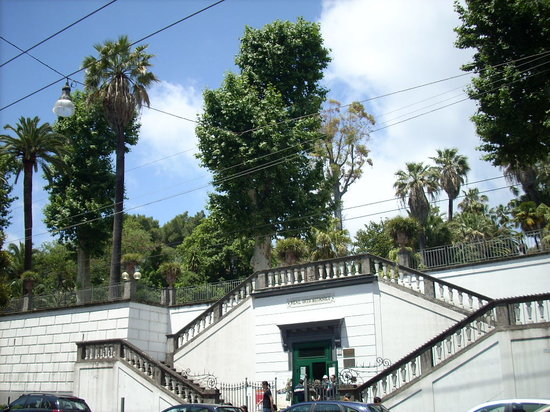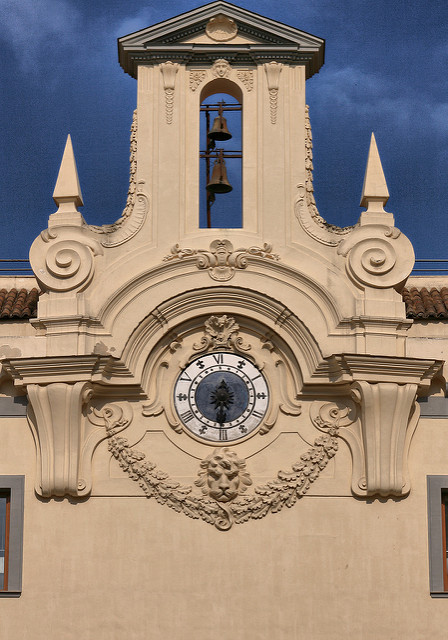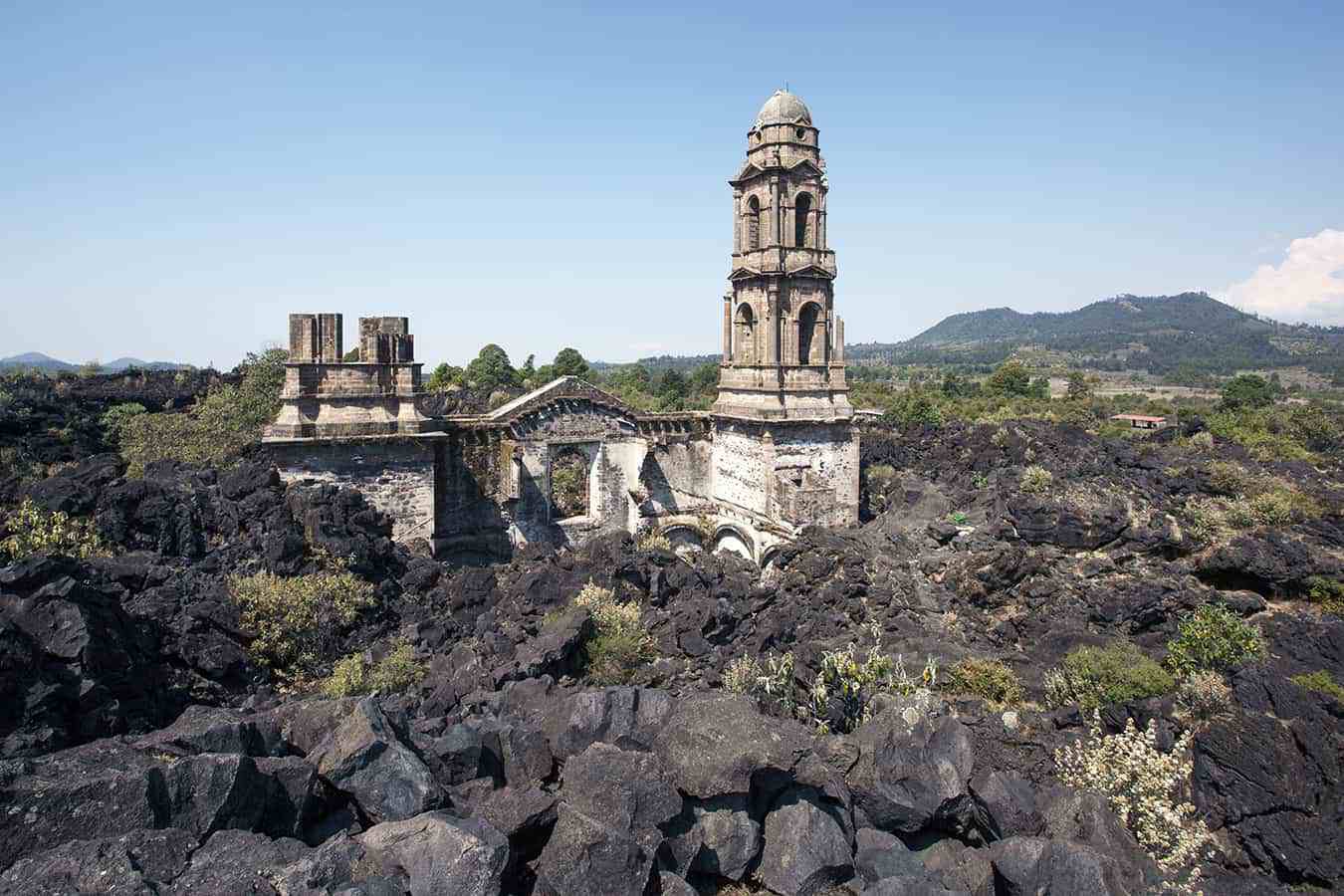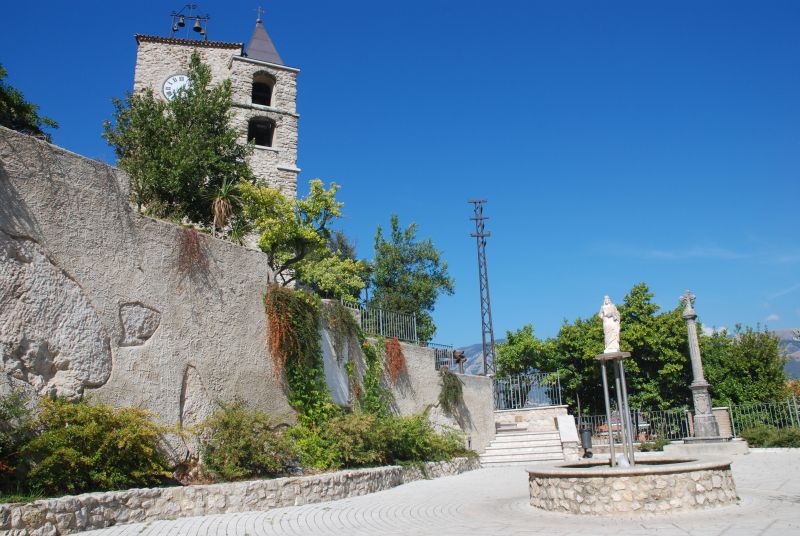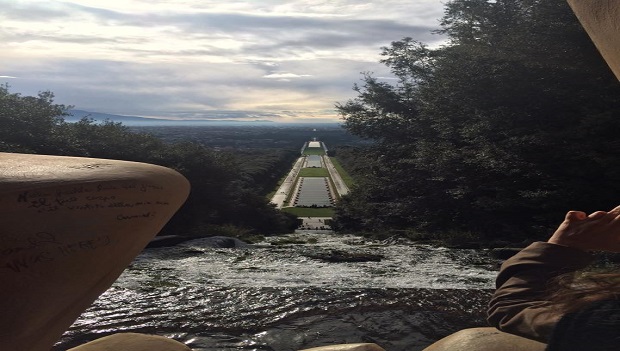The Royal Botanical Garden of Naples is one of the largest and richest in Italy. Part of its extensive holdings are not only thousands of herbaceous, tree and shrub species from all over the world, but also specimens of almost all existing flowers. In addition, greenhouses at different temperatures, hot, cold and temperate, allow the cultivation of plants from all latitudes.
Walking through the Garden you will be fascinated by many important collections such as that of succulent plants, or that of tree ferns, or even intoxicated by the smell of the ancient citrus collection. A section of the garden is devoted to plants that have practical value, such as medicinal,dyeing and essence plants.
As early as 1615 the viceroy Count of Lemos announced the creation of a Botanical Garden in Naples, but the project never materialized. A century and a half later, in 1777, Ferdinand IV hypothesized building a Natural History Museum and Botanical Garden in the area of the former Palace of Studies, which, according to his plans, was to become the center of all cultural and scientific activities in the capital of the Kingdom. But it was necessary to wait until the decade of French rule for the project to become a concrete reality. Work on the construction of the complex lasted a long time and was conducted with the best scientific expertise of the time; finally in 1807 the Royal Garden of Plants came to light by decree of Joseph Bonaparte. When the Bourbons returned to power they promoted with great enthusiasm the creation of the public botanical garden because through this complex it was possible to deepen knowledge of plants useful for the development of agriculture and
There are several historic structures in the area embraced by the Botanical Garden, starting with the Temperate Greenhouse, currently named after Professor Aldo Merola, a distinguished botanist who was the building’s director for years. It was designed in 1807 by architect Giuliano De Fazio, who also designed the lava stone staircase located at the entrance to the Garden on Via Foria. The structure is a harmonious, recently restored building with a long facade where fluted Doric half-columns alternate with vast arched openings closed by stained glass windows. Near the main entrance to the Garden stands the building where the Department of Plant Biology of the
Faculty of Mathematical, Physical and Natural Sciences of Naples University. In the area where the Garden borders the Albergo dei Poveri is the "castle," so named for the two beautiful circular towers that mark the facade. The building dates from the 17th century and probably never had a defensive function, given its location in the meanders of the Botanical Garden. In nineteenth-century plans, the castle is marked as the "House for the Director of the School of Botany." This structure, which has undergone several renovations over time, houses offices and a library on the second floor and, on the second floor, the Museum of Ethno-botany and Paleo-botany, which traces the origin of the groups of plants that have come to light on earth over the course of the various eras, thus offering a complete historical view of living species.
